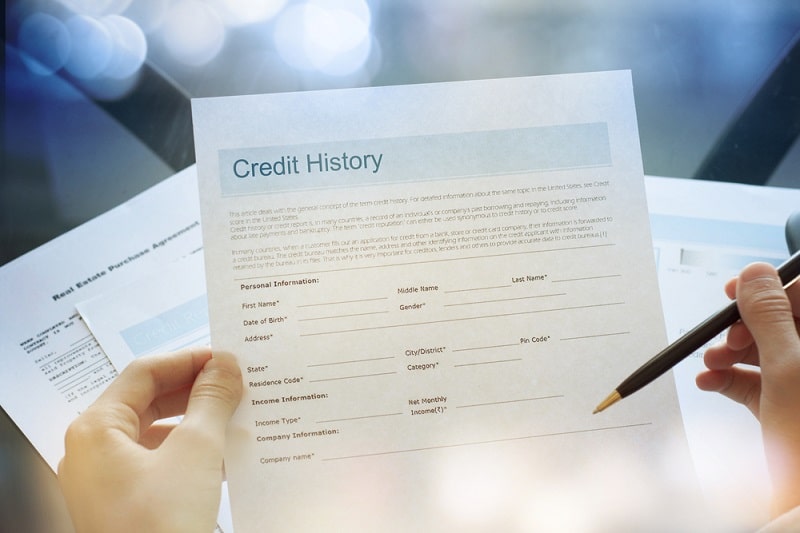How to Get Your Free Annual Credit Report
You’re entitled to one free credit report from each credit bureau every year—but most people still end up on scammy sites or pay when they don’t have to.
Checking your credit report is one of the easiest ways to stay on top of your financial health. It helps you catch identity theft, spot reporting errors, and prepare for things like loan applications or rental screenings. And the best part? You don’t need to pay a cent to access it.

In this guide, you’ll learn where to get your free credit report, how often you can request it, and how to avoid common traps that trick people into paying for something that’s already free.
What Is a Credit Report and Why You Should Check Yours Regularly
A credit report is a detailed summary of your borrowing history. It includes your open accounts, payment history, balances, and recent applications for credit. It does not include your credit score, though your report data influences it.
Lenders use credit reports to decide whether to approve you for loans or credit cards. Landlords may use them to screen tenants. Insurance companies may factor them into rate decisions. Even some employers check them when hiring.
If you don’t review your credit report regularly, you may miss signs of fraud, identity theft, or mistakes that could hurt your credit score. Errors can drag your score down and make it harder to qualify for credit or get good interest rates.
Where to Get Your Free Credit Report
The only federally authorized website to get your free annual credit reports is AnnualCreditReport.com. This is the site created by Equifax, Experian, and TransUnion—the three major credit bureaus—under the Fair Credit Reporting Act.
You do not need to enter a credit card number, sign up for a trial, or pay for anything. If a site asks for money, it’s not the official one.
Many people land on third-party sites that promote paid credit monitoring services or lock reports behind subscriptions. These sites often look legitimate but aren't required to follow federal reporting rules. Stick with AnnualCreditReport.com to avoid all that.
Can I Request by Phone or Mail?
Yes, if you prefer not to go online, you can still get your free credit report another way:
- Phone: Call 1-877-322-8228 and follow the prompts to verify your identity.
- Mail: Fill out the Annual Credit Report Request Form (PDF) and send it to: Annual Credit Report Request Service
P.O. Box 105281
Atlanta, GA 30348-5281
Online is the fastest method, but phone and mail work fine if you’re more comfortable that way or don’t have internet access.
How Often Can You Get a Free Credit Report?
Under federal law, you’re allowed to get one free credit report per year from each of the three credit bureaus—Equifax, Experian, and TransUnion.
As of 2025, the bureaus are still offering free weekly reports through AnnualCreditReport.com due to extended pandemic-era policies. This gives you more frequent access if you want to monitor your credit closely.
If you’re sticking to the standard once-per-year rule, you can spread out your requests. For example, get one bureau's report every four months to keep tabs on your credit throughout the year without paying.
How to Request Your Free Credit Report Online
Getting your free credit report only takes a few minutes. Here’s how to do it safely and without paying:
- Go to AnnualCreditReport.com: This is the only federally authorized site for free credit reports.
- Choose your report(s): You can request one, two, or all three credit bureau reports at once—Equifax, Experian, and TransUnion.
- Answer identity verification questions: These questions are based on your credit file, so they may ask about previous addresses or loan details.
- Download or print your report: Save a copy immediately. You may not be able to access the report again without making another request.
✅ Tip: Always request your report from a private device and secure internet connection. Avoid public Wi-Fi.
What to Do After You Get Your Credit Report
Once you have your report in front of you, take a few minutes to look it over carefully.
How to Read It
Your credit report is divided into several sections:
- Personal information: Name, address history, Social Security number variations, and employment data.
- Account history: Credit cards, loans, and other accounts, along with balances and payment history.
- Public records: Bankruptcies, liens, or judgments (if applicable).
- Credit inquiries: A list of who has checked your credit and when.
Your credit score is not included in the report. If you want to check your credit score, you’ll need to use a different service—either free options from banks or credit card companies, or paid services.
Spotting and Fixing Errors
Look for anything that doesn’t seem right:
- Incorrect personal details
- Accounts you don’t recognize
- Late payments that shouldn’t be there
- Duplicate accounts
- Outdated negative marks
If you find an error, you have the right to dispute it with the credit bureau. You can file disputes online, by mail, or over the phone.
Related: How to Write a Credit Dispute Letter (Free Template)
What If You’re Denied Credit?
If a lender denies your credit application, you may qualify for a second free credit report—even if you’ve already used your annual one.
Under the Fair Credit Reporting Act (FCRA), you can request this extra report within 60 days of the denial. The notice you receive from the lender must include instructions on how to get your report and which credit bureau was used.
This gives you a chance to see what the lender saw and resolve any issues before applying again.
Final Thoughts
Don’t wait until you’re applying for a mortgage or dealing with identity theft. Checking your credit report now can help you catch problems early and avoid bigger issues later.
Visit AnnualCreditReport.com today, request your reports, and review them carefully. It’s free, fast, and completely worth it.
Set an annual reminder to pull your reports, or stagger them every few months to keep a steady eye on your credit.



